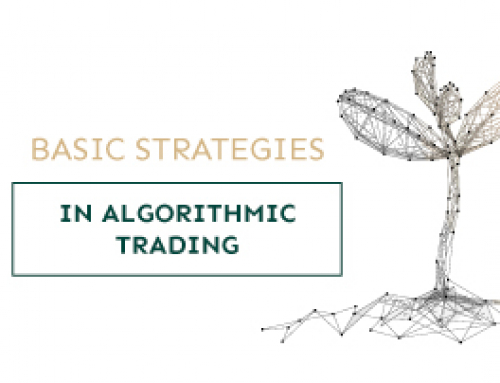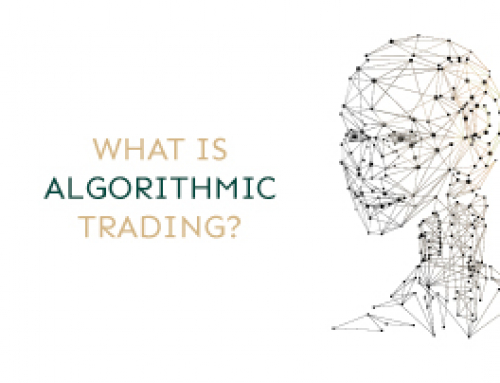Evaluating the effectiveness of a trading system is an important tool in a trader’s work. Having established for yourself the basic rules of work, you can achieve impressive results. And on the contrary, neglecting the assessment of the effectiveness of the chosen strategies, you can make the wrong choice and lose capital.
Any activity implies several different options for assessing effectiveness. Trading is no exception. The effectiveness of trading strategies is assessed taking into account the profitability of the system and existing risks. Performance indicators are numerical data that characterize the level of risk and profitability of the process.
Professional traders are scrupulous in assessing their own performance. They use several indicators that allow them to manage profitability.
KPI for traders
Risk Reward Ratio
This indicator allows you to assess the possible income and losses in a particular transaction. In other words, it shows the trader’s willingness to lose in relation to the expectation of profit. In this case, the trader determines the amount of risk or stop loss. This is the value at which the trading system will start selling. The profit is also fixed at the expected level. If the ratio of risk to reward is below 1, the trader makes a profit, otherwise, he gets losses.
For example, a trader buys digital assets at $10. He sets the risk at 10 cents, i.e. the stop loss is $9.9. The profit is fixed at an asset value of $10.2. In this case, the risk/reward ratio is 0.5 (0.10/0.20). The trader makes a profit of 20 cents on each coin, at the risk of losing only 10.
Win/loss ratio
Another assessment of the efficiency of a trading system shows the ratio of profit from successful operations to loss from losing trades, expressed in quantitative terms. The evaluation period is selected depending on the task. The profit from all operations for the specified time is summed up and divided by the summed value of losses in the specified period. A value greater than 1 indicates the profitability of the system.
This indicator allows you to evaluate new trading strategies, quickly delete risky options, analyze their potential and make a choice.
Risk per trade
The risk per trade is a small percentage of the deposit amount, it is set personally by the trader. The essence of this indicator is to know, how large drawdowns a trader is ready to endure in the event of unprofitable transactions.
The numerical indicators of risk per trade are in the range of 1-3% of the available trader’s capital. In this case, the chances of profit remain very high, even with a significant drawdown.
Expected value
The mathematical expectation is one of the main indicators in the theory of probability. It indicates the mean of the random variable. In trading, a positive value of the mathematical expectation means the ability of the system to make money. Moreover, the higher the indicator, the higher the efficiency of the trading system.
This indicator is calculated by multiplying each of the possible outcomes by the probability that each of the possible outcomes will occur and then adding all these values. By calculating the expected values, traders can choose the scenario that is most likely to produce the desired result.
Number of transactions for the period
The number of transactions is calculated for a certain period. Usually, a period of 1 year is taken for calculations and the planned or statistical number of transactions is determined.
To obtain the profitability indicator, the number of transactions for the period is multiplied by the obtained value of the mathematical expectation. The result will be the profitability of the trading system for the period.
Sharpe Ratio
Sharpe ratio is one of the main indicators of the effectiveness of investment assets, taking into account the existing risks. It shows the relationship between risk and returns, helps to decide what kind of risk a trader can expose his investment. The assessment is carried out by comparing the trading performance of strategic risk management. Those with a higher Sharpe ratio can usually have more success with less risk.
There are several options for Sharpe ratio formulas: historical (based on historical rates of return), for a portfolio for future periods, alternative.
The numerator of the Sharpe ratio formula is the difference between the portfolio return and the return on risk-free assets. In other words, this difference shows the investor’s additional reward for the risks assumed. The denominator of the formula is the deviation of the return on the portfolio of assets.
Maximum drawdown
It is the highest percentage of losses a trader would incur by investing in strategic management. This is the difference between the highest and the lowest result of the strategy over a certain period of time. It used in risk management strategies. Other types of drawdowns are also used – absolute, relative, current, fixed.
Recovery Factor
The retracement rate shows how quickly a trade recovers from a drawdown. It is calculated as the ratio of profit to the value of the maximum drawdown. It shows the effectiveness of the selected strategy. A negative retracement rate indicates that the strategy has not yet recovered from its maximum drawdown.
Percentage of Profitable Trades
It is a statistic that indicates the number of positive trades in a given time period. Basically, it can be at the level of 30-40%, in some cases, it reaches 60-70%.
Conclusion
We have told you only about part of the performance indicators are given, which are taken into account when choosing a trading strategy, assessing its effectiveness. Based on this data, you can predict the percentage of profitability for the period. If a trader knows his result, but he is not satisfied with it, it is recommended to decompose his activities into performance indicators and find what needs improvement.






Leave A Comment